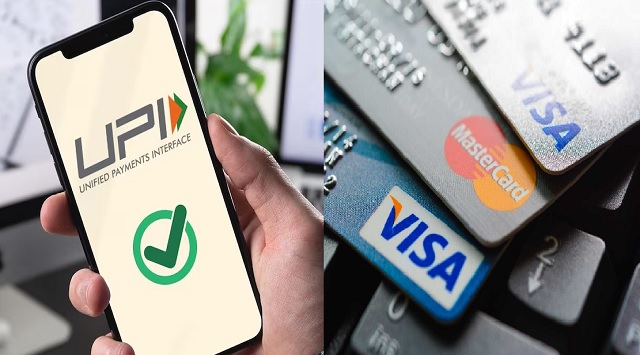Here’s what you need to know about UPI linked Credit cards
Reserve Bank of India now allows the linking of credit cards to the Unified Payments Interface (UPI). Know the pros and cons that come along.
The Reserve Bank of India’s (RBI) recent decision to allow the linking of credit cards with the Unified Payments Interface (UPI) has sparked a debate about the pros and cons of this mob. While some consider it as a step towards greater convenience and flexibility in digital payments, others caution against the political risks of overspending and connectivity issues.
Here are the benefits of linking UPI to Credit Card:
UPI’s 24×7 availability and wide range of supported transactions make it a convenient payment option. Linking both the options expands this convenience, allowing users to make payments up to their credit limit.
Further, there is a guarantee of improved transaction speed. This is due to the simplified payment process of UPI and the eliminated need for card numbers and CVVs.
However, there are also potential drawbacks of linking UPI to Credit Card:
The ease of using credit card in UPI could lead to impulsive decision making while purchasing and unnecessary spending. This is potentially likely to increase your credit card debt.
The reliance of UPI on internet connectivity can pose challenges in areas which have poor internet connection. This can potentially affect timely credit card payments.
To reap the benefits of credit card linked UPI while eliminating risks, users should adopt responsible financial habits. Users should create a budget and stick to it, avoiding overspending. They should allocate specific credit cards for different expenses. They should also ensure a specific repayment plan and regularly check outstanding balances.




 Ms Kalinga
Ms Kalinga